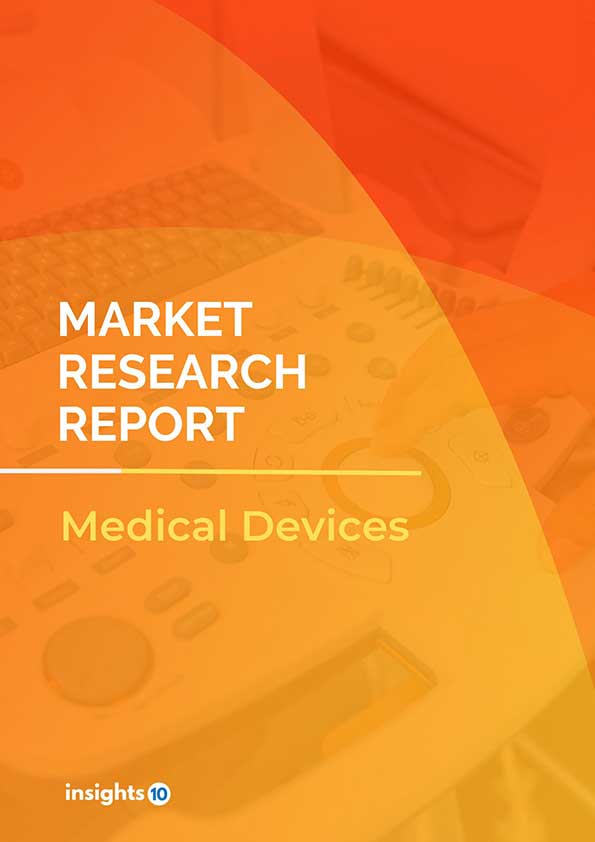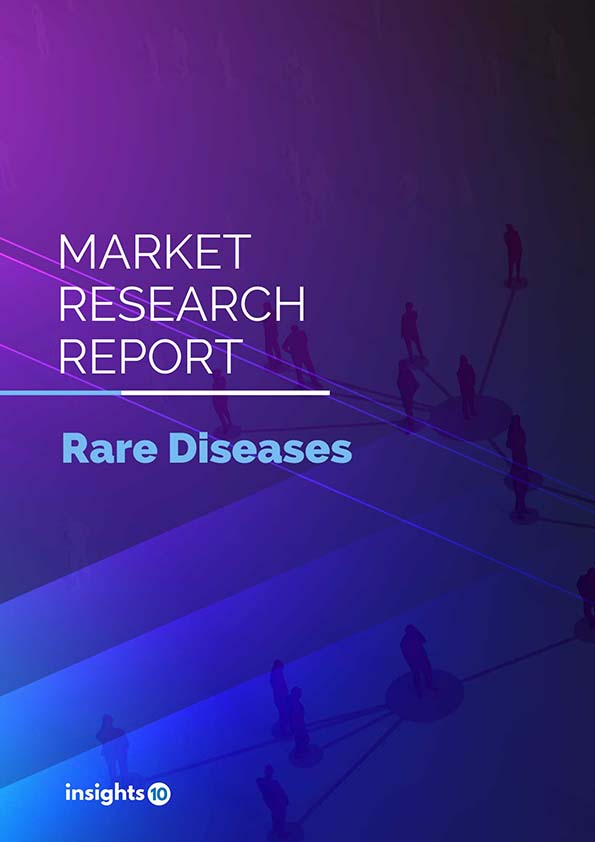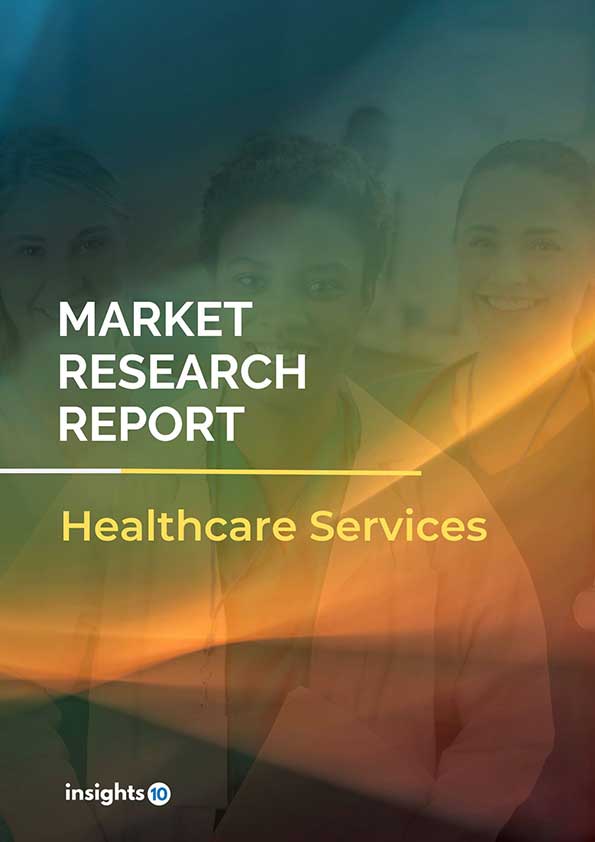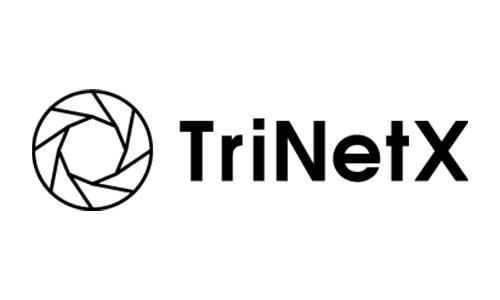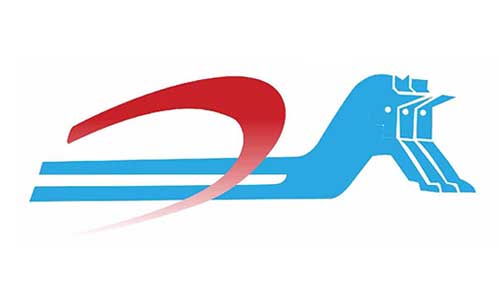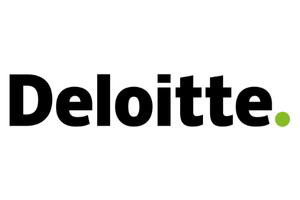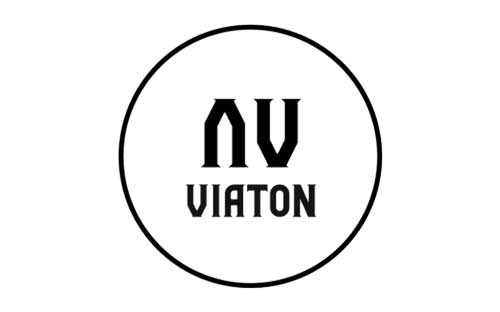India Diabetes Devices Market Analysis
India's Diabetes Devices Market is expected to witness growth from $413 Mn in 2022 to $899 Mn in 2030 with a CAGR of 10.20% for the forecasted year 2022-30. In 2020, over 77 million adults in India have diabetes, making it one of the countries with the highest prevalence of the illness. The nation's demand for diabetes devices is anticipated to be driven by the high incidence of diabetes. The market is segmented by type and by the end user. Some key players in this market include Poly Medicure, Biosurge Healthcare, Johnson & Johnson, Medtronic, Roche, Ascensia Diabetes Care, and Dexcom.
Buy Now

India Diabetes Devices Healthcare Market Executive Analysis
India's Diabetes Devices Market is expected to witness growth from $413 Mn in 2022 to $899 Mn in 2030 with a CAGR of 10.20% for the forecasted year 2022-30. The outstanding $10.75 billion set aside for health expenses in India's Union Budget for 2023 indicates an increase of $0.28 billion (or 2.71%) from the $10.47 billion set aside in FY23. The projected budget for the Ministry of Health for 2022–2023 was initially $10.42 billion but was later reduced to $9.57 billion for the same period. Estimates place the value of assets at $10.78 billion this year. In India, the funding allocation for healthcare dropped from 2.2% to 1.97% this year.
India has one of the largest diabetes epidemics in the world, with 77 million people living with the illness and a high prevalence of the condition. As of 2019, 8.8% of Indians had diabetes. This suggests that nearly 1 in 11 Indians suffer from diabetes. About 1 million new cases of diabetes are reported each year in India, and this figure has been increasing over the past few decades. The majority of cases of diabetes in India are type 2, which is closely associated with poor eating patterns, obesity, and lethargy.
In India, diabetes treatment relies heavily on diabetes devices. Blood glucose levels are measured by instruments called Blood Glucose Monitors (BGMs). Diabetic patients use them to track their blood glucose levels throughout the day. BGMs help individuals with diabetes manage their condition on their own by tracking their blood glucose levels regularly. Devices called Continuous Glucose Monitoring (CGM) Systems consistently monitor blood sugar levels throughout the day and give users access to real-time data. For diabetics who must carefully monitor their blood glucose levels, particularly type 1 diabetic who need insulin therapy, CGM systems can be helpful. Insulin is constantly delivered by small devices called insulin pumps through a catheter inserted under the skin. Since they offer a more accurate and flexible method of delivering insulin, insulin pumps can be helpful for diabetics who need insulin treatment. Insulin is administered using disposable needles or pre-filled cartridges in insulin pumps. Since insulin pens are more practical and user-friendly than conventional syringes, they are advantageous for diabetics who need insulin treatment.

Market Dynamics
Market Growth Drivers
In 2020, over 77 million adults in India have diabetes, making it one of the countries with the highest prevalence of the illness. The nation's demand for diabetes devices is anticipated to be driven by the high incidence of diabetes. Diabetes education and awareness have significantly grown in India, which has increased the demand for diabetes devices. Initiatives to raise consciousness and educate the public about the disease have been backed by the Indian government, healthcare providers, and patient advocacy groups. The control of diabetes has been greatly enhanced by the creation of cutting-edge, novel diabetes devices like insulin pumps and continuous glucose monitoring systems. In India, these gadgets are becoming more accessible and reasonably priced, which is anticipated to fuel market expansion. In India, the emphasis on preventive healthcare is expanding, and this includes the management and control of persistent conditions like diabetes. The demand for diabetes gadgets is anticipated to rise as a result, especially among those who are at a high risk of contracting the condition.
Market Restraints
Many diabetic patients in India, especially those who reside in rural areas or have lower incomes, may find the price of diabetes devices like glucose monitoring systems and insulin pumps to be excessively expensive. This may restrict the use and acceptance of these technologies. Although diabetes education and consciousness have grown in India, there is still a sizable knowledge and understanding gap regarding the illness, its causes, and effective management strategies. This may reduce the demand for diabetes devices and make it more challenging for manufacturers to successfully market their devices.
Competitive Landscape
Key Players
- Poly Medicure (IN)
- Biosurge Healthcare (IN)
- Johnson & Johnson
- Medtronic
- Roche
- Dexcom
- Ascensia Diabetes Care
Healthcare Policies and Regulatory Landscape
In order to avoid and control non-communicable diseases in India, including diabetes, the Indian government launched the National Programme for Prevention and Control of Cancer, Diabetes, Cardiovascular Diseases, and Stroke (NPCDCS) in 2010. The initiative assists in developing and implementing diabetes prevention and management plans all over the country. The Medical Device Rules (MDR) 2017 are a collection of regulations that the Indian government introduced to control medical devices, including diabetes devices. The rules stipulate that makers must obtain certification from credible agencies and follow specific labelling and reporting requirements. The Indian government has set price caps for a number of essential drugs and medicinal supplies, including insulin. This may have an effect on the cost and revenue of diabetes devices sold in India. India has put import restrictions on medical equipment, including those used to treat diabetes. Manufacturers must register with the rules and adhere to detailed labelling and reporting requirements.
1. Executive Summary
1.1 Device Overview
1.2 Global Scenario
1.3 Country Overview
1.4 Healthcare Scenario in Country
1.5 Regulatory Landscape for Medical Device
1.6 Health Insurance Coverage in Country
1.7 Type of Medical Device
1.8 Recent Developments in the Country
2. Market Size and Forecasting
2.1 Market Size (With Excel and Methodology)
2.2 Market Segmentation (Check all Segments in Segmentation Section)
3. Market Dynamics
3.1 Market Drivers
3.2 Market Restraints
4. Competitive Landscape
4.1 Major Market Share
4.2 Key Company Profile (Check all Companies in the Summary Section)
4.2.1 Company
4.2.1.1 Overview
4.2.1.2 Product Applications and Services
4.2.1.3 Recent Developments
4.2.1.4 Partnerships Ecosystem
4.2.1.5 Financials (Based on Availability)
5. Reimbursement Scenario
5.1 Reimbursement Regulation
5.2 Reimbursement Process for Diagnosis
5.3 Reimbursement Process for Treatment
6. Methodology and Scope
Diabetes Devices Market Segmentation
By Type (Revenue, USD Billion):
The market is divided into blood glucose monitoring systems, insulin delivery systems, and mobile applications for managing diabetes within the type segment. Due to its convenience, ease of use, and usefulness in providing patients and healthcare professionals with real-time insights regarding diabetic conditions for integrated diabetes management, the segment for diabetes management mobile applications is anticipated to grow at the highest rate during the forecast period. Bare-metal Stents
- Blood glucose monitoring systems
- Self-monitoring blood glucose monitoring systems
- Continuous glucose monitoring systems
- Test strips/Test papers
- Lancets/Lancing Devices
- Insulin delivery Devices
- Insulin pumps
- Insulin pens
- Insulin syringes and needles
- Diabetes management mobile applications
By End User (Revenue, USD Billion):
The diabetes market is divided into hospitals & specialty clinics and self & home care, based on the end user.
- Hospitals & Specialty Clinics
- Self & Home Care
Methodology for Database Creation
Our database offers a comprehensive list of healthcare centers, meticulously curated to provide detailed information on a wide range of specialties and services. It includes top-tier hospitals, clinics, and diagnostic facilities across 30 countries and 24 specialties, ensuring users can find the healthcare services they need.
Additionally, we provide a comprehensive list of Key Opinion Leaders (KOLs) based on your requirements. Our curated list captures various crucial aspects of the KOLs, offering more than just general information. Whether you're looking to boost brand awareness, drive engagement, or launch a new product, our extensive list of KOLs ensures you have the right experts by your side. Covering 30 countries and 36 specialties, our database guarantees access to the best KOLs in the healthcare industry, supporting strategic decisions and enhancing your initiatives.
How Do We Get It?
Our database is created and maintained through a combination of secondary and primary research methodologies.
1. Secondary Research
With many years of experience in the healthcare field, we have our own rich proprietary data from various past projects. This historical data serves as the foundation for our database. Our continuous process of gathering data involves:
- Analyzing historical proprietary data collected from multiple projects.
- Regularly updating our existing data sets with new findings and trends.
- Ensuring data consistency and accuracy through rigorous validation processes.
With extensive experience in the field, we have developed a proprietary GenAI-based technology that is uniquely tailored to our organization. This advanced technology enables us to scan a wide array of relevant information sources across the internet. Our data-gathering process includes:
- Searching through academic conferences, published research, citations, and social media platforms
- Collecting and compiling diverse data to build a comprehensive and detailed database
- Continuously updating our database with new information to ensure its relevance and accuracy
2. Primary Research
To complement and validate our secondary data, we engage in primary research through local tie-ups and partnerships. This process involves:
- Collaborating with local healthcare providers, hospitals, and clinics to gather real-time data.
- Conducting surveys, interviews, and field studies to collect fresh data directly from the source.
- Continuously refreshing our database to ensure that the information remains current and reliable.
- Validating secondary data through cross-referencing with primary data to ensure accuracy and relevance.
Combining Secondary and Primary Research
By integrating both secondary and primary research methodologies, we ensure that our database is comprehensive, accurate, and up-to-date. The combined process involves:
- Merging historical data from secondary research with real-time data from primary research.
- Conducting thorough data validation and cleansing to remove inconsistencies and errors.
- Organizing data into a structured format that is easily accessible and usable for various applications.
- Continuously monitoring and updating the database to reflect the latest developments and trends in the healthcare field.
Through this meticulous process, we create a final database tailored to each region and domain within the healthcare industry. This approach ensures that our clients receive reliable and relevant data, empowering them to make informed decisions and drive innovation in their respective fields.
To request a free sample copy of this report, please complete the form below.
We value your inquiry and offer free customization with every report to fulfil your exact research needs.
